If you’re considering getting a palm tattoo, you probably want an understanding of how long they last. Palm tattoos can be unique and beautiful works of art, but they do require some special considerations so that you don’t end up investing your time and money in something that will not look its best months down the road. Luckily, armed with some knowledge about what factors contribute to the longevity of a palm tattoo, you’ll have a better idea of how to keep it looking vibrant for many years to come. Let’s take a look at how long palm tattoos usually last and what variables affect their lifespan!
Palm Tattoos
Palm tattoos are, quite literally, at the palm of your hand. They are a type of body art that, while not as common as other locations, has gained popularity for its unique placement. The skin on our palms is much thicker and more resilient than other parts of our body, and it regenerates more frequently. This feature results in a unique texture for tattoos and is also the cause of the distinctive fading pattern seen in palm tattoos.
Because of the frequent regeneration, these tattoos require a skilled tattoo artist who can deliver the ink deeply enough into the skin to ensure its durability, without causing unnecessary damage. The aftercare for palm tattoos is especially vital, and it involves diligent moisturizing and protection from harsh elements to maintain the tattoo’s vibrancy and longevity.
Factors Affecting the Longevity of Palm Tattoos
The factors that influence the longevity of palm tattoos are numerous and can be broadly categorized into two groups: intrinsic and extrinsic. Intrinsic factors include individual skin characteristics, while extrinsic factors relate to the external environment and post-tattoo care. Now, let’s explore these factors in detail.
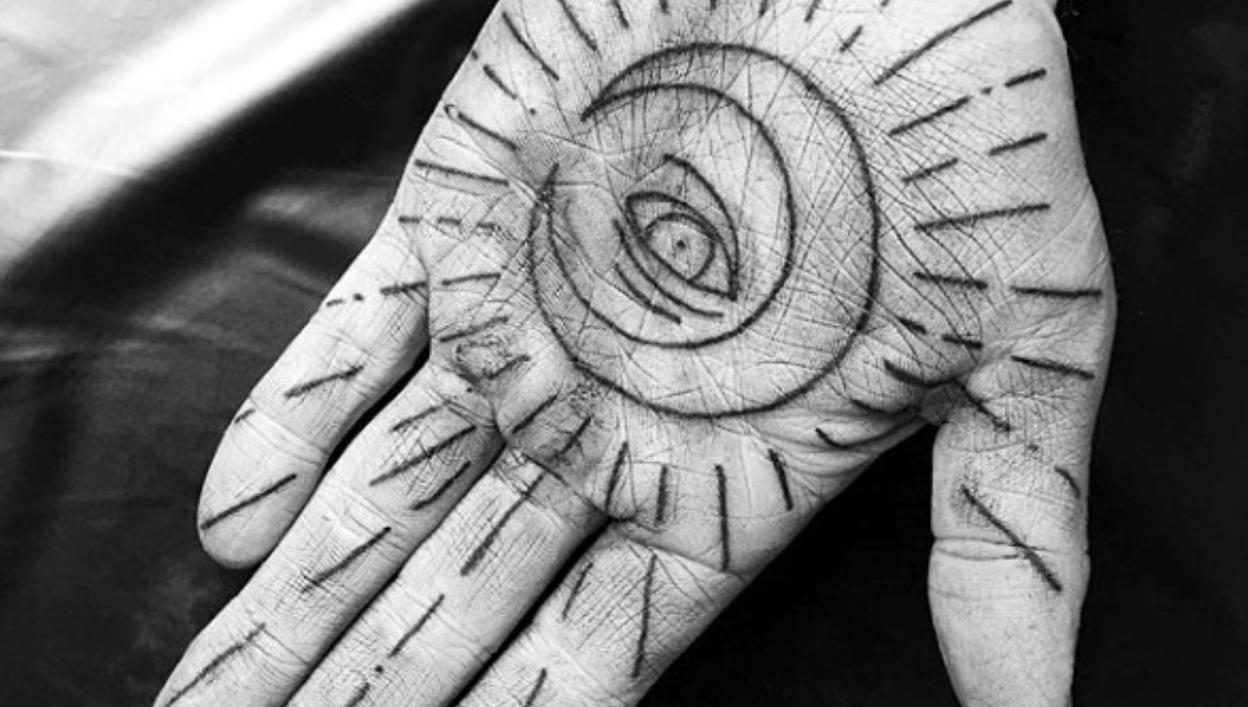
Palm Skin Characteristics
The skin on our palms is quite distinctive compared to other parts of our body. It is characterized by its thick, durable nature that is designed to weather constant use and friction. [1] This is due to a higher concentration of keratin, a protein that contributes to cell toughness, in the palm’s outermost layer of skin.
Additionally, the lack of sweat and oil glands means the skin on the palms has less natural lubrication, leading to increased dryness. Dry skin can negatively impact the freshness and vibrancy of the tattoo, necessitating the need for diligent moisturizing as part of tattoo aftercare.
Uniqueness of Palm Skin
The uniqueness of palm skin lies in its structure and functional properties, and these idiosyncrasies heavily influence the longevity and appearance of palm tattoos. As previously mentioned, the skin on our palms is much thicker than elsewhere on our bodies, containing a high concentration of the protein keratin. This protein imparts a rough and resilient nature to our palms, enabling them to withstand high amounts of friction and wear. Yet, this same characteristic makes them a challenging canvas for tattoo ink, as the ink must be delivered deeply enough to be retained, but not so deep as to cause damage.
Differences in Palm Tattoo Healing
The healing process of a palm tattoo differs significantly from tattoos in other locations due to the unique characteristics of palm skin. Understanding these differences is crucial for elongating the lifespan of the tattoo.
Initial Healing Phase: Immediately after getting a palm tattoo, you may experience swelling, redness, and tenderness in the tattooed area, which are common symptoms during the initial healing phase. The thick skin of the palm can make the healing process more intense compared to other areas. Additionally, due to the constant use of our hands, the tattoo may take longer to heal, with the initial healing phase lasting up to two weeks.
Aftercare Needs: The aftercare requirements of a palm tattoo are more stringent due to the skin’s faster regeneration rate. This includes regular moisturizing, avoiding exposure to harsh chemicals, and minimizing sun exposure to prevent further fading of the tattoo. The protection of the tattoo is critical during the healing process, yet the frequent use of hands can make this a challenge.
Long-term Healing: Over the long term, palm tattoos may require additional touch-ups to maintain their vibrancy, more so than tattoos elsewhere on the body. The frequency of touch-ups can depend heavily on individual skin characteristics and aftercare routine. If adequately cared for, a palm tattoo can last a few years before significant fading occurs.
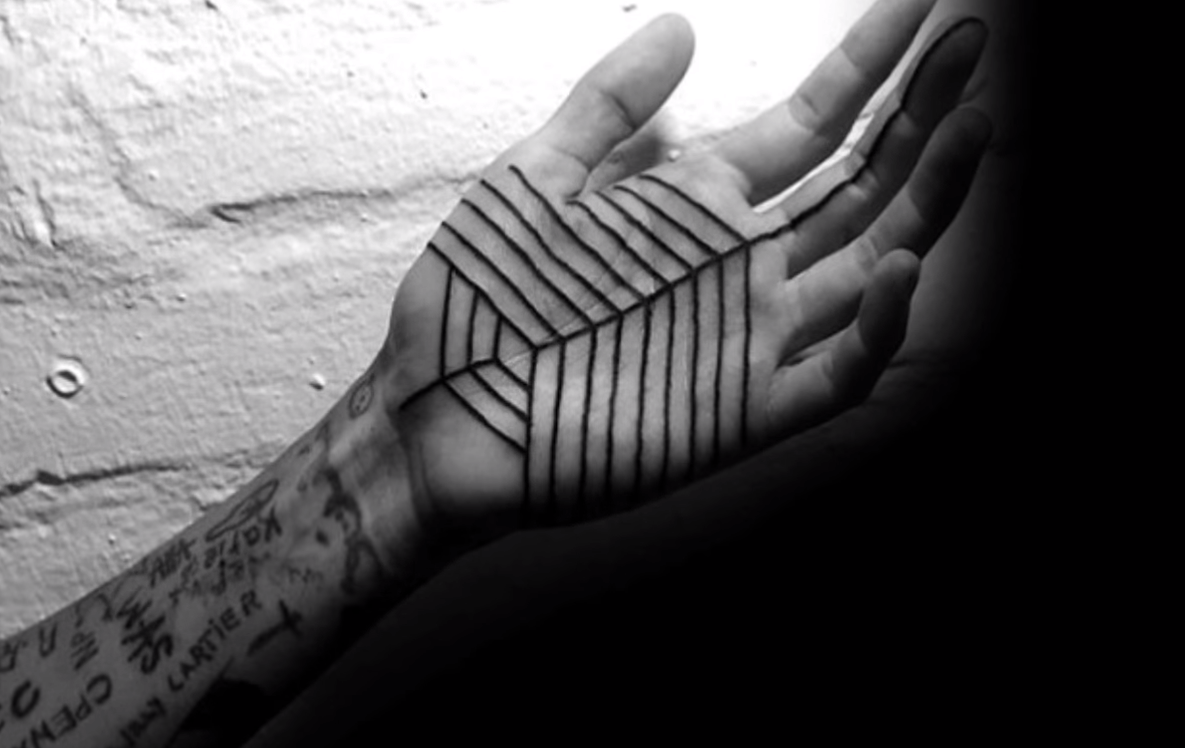
Tattooing Process on the Palm
The process of tattooing on the palm is a distinctive one, due to the unique nature of the palm’s skin, and it requires both a skilled artist and a well-informed client.
- Pre-Tattooing. Before the tattooing process begins, it’s crucial for the tattoo artist and the client to have a thorough consultation. They should discuss the design, placement, size, and color of the tattoo, while also taking into account the quick fading nature of palm tattoos. The artist should provide the client with a realistic expectation of how the tattoo will age over time, including potential changes in color and sharpness.
- Tattooing. Tattooing on the palm is more challenging than other parts of the body. The artist must have a solid understanding of how to work with the thicker, harder palm skin. The needle depth needs to be carefully controlled to ensure the ink is inserted deep enough to last, but not so deep it causes unnecessary damage. The process of tattooing the palm can also be more painful for the client, due to the skin’s thickness and the large number of nerve endings present in the hand.
- Post-Tattooing. Immediately after the tattoo has been completed, the artist should apply a layer of antibiotic ointment and wrap the tattoo in a bandage or plastic wrap to protect it from bacteria and infections. They should thoroughly explain to the client the aftercare instructions tailored specifically for palm tattoos, including how to clean the tattoo, what kind of moisture-rich lotions to apply, how to protect it from the sun and other environmental factors, as well as when to seek medical attention if needed.
- Touch-ups. Given the palm skin’s rapid regeneration rate and the likelihood of the tattoo fading quickly, the client should be prepared for the possibility that touch-ups may be necessary. The artist should be upfront about this during the consultation, even scheduling a follow-up appointment in advance. Continual communication between the client and the artist is crucial for maintaining the tattoo’s vibrancy and ensuring its longevity.
Challenges Faced by Tattoo Artists
Tattoo artists face a myriad of challenges, both in their craft and in the business aspect.
- Technical Challenges: Tattooing is a highly skilled art form that requires precision, creativity, and a deep understanding of various techniques. Each individual’s skin is different, with its unique texture, tone, and elasticity, making it necessary for the artist to adapt their technique for each client. In particular, tattooing on the palm presents unique technical challenges due to its tough, thick skin and faster regeneration rate.
- Health and Safety Challenges: Tattoo artists must also maintain strict hygiene and safety standards to prevent infections and ensure the well-being of their clients. This can be a daunting task, especially given the variety of potential health concerns involved in the process, such as allergies, skin conditions, or the transmission of diseases.
- Design Challenges: Creating a design that matches the client’s vision while also being practical to implement as a tattoo can be challenging. The artist must navigate the fine line between artistic expression and customer satisfaction, which can sometimes lead to creative differences.
- Business Challenges: On the business side, tattoo artists often need to manage their own marketing, customer service, scheduling, and financial administration. This can be particularly challenging for artists who prefer to focus on their craft rather than the administrative aspects of running a business.
- Legal and Ethical Challenges: In addition, tattoo artists must navigate a complex landscape of legal and ethical issues. These can range from age restrictions on clients to copyright considerations for tattoo designs.
Depth and Technique of Palm Tattoos
Palm tattoos are a unique subset of body art requiring specialized depth and technique due to the distinctive nature of the skin in this area. The palm skin is thick and hard, with a faster rate of cell regeneration compared to other parts of the body. This unique characteristic directly impacts the tattooing depth and technique required.
The depth to which the tattoo needle penetrates the skin is of prime importance in palm tattooing. The needle must go deep enough to ensure the tattoo ink can withstand the high cell turnover rate, but not so deep that it causes unnecessary damage or excessive pain. It’s a delicate balance that calls for precision and experience, as even a minor miscalculation can lead to a tattoo that fades quickly or, conversely, one that causes injury.
Moreover, the design needs to be simple and bold, as intricate designs can bleed and become unrecognizable due to the nature of the palm’s skin. It’s crucial for the design to have strong lines and less shading to withstand the wear and tear the palm experiences in daily life.
Average Lifespan of Palm Tattoos
The average lifespan of palm tattoos is generally shorter than tattoos on other parts of the body. Due to the high rate of cell regeneration and the constant use of hands in daily activities, palm tattoos often fade more quickly. [2] Typically, a palm tattoo may start to noticeably fade after a few months to a year, even with proper care and maintenance.
However, this can vary significantly depending on individual skin characteristics, the quality of the ink used, and the skill and technique of the tattoo artist. Touch-ups may be required periodically to maintain the vibrancy and clarity of the design. Hence, while palm tattoos are a unique and intriguing form of body art, it’s important to understand that they require a higher level of commitment in terms of maintenance and care.
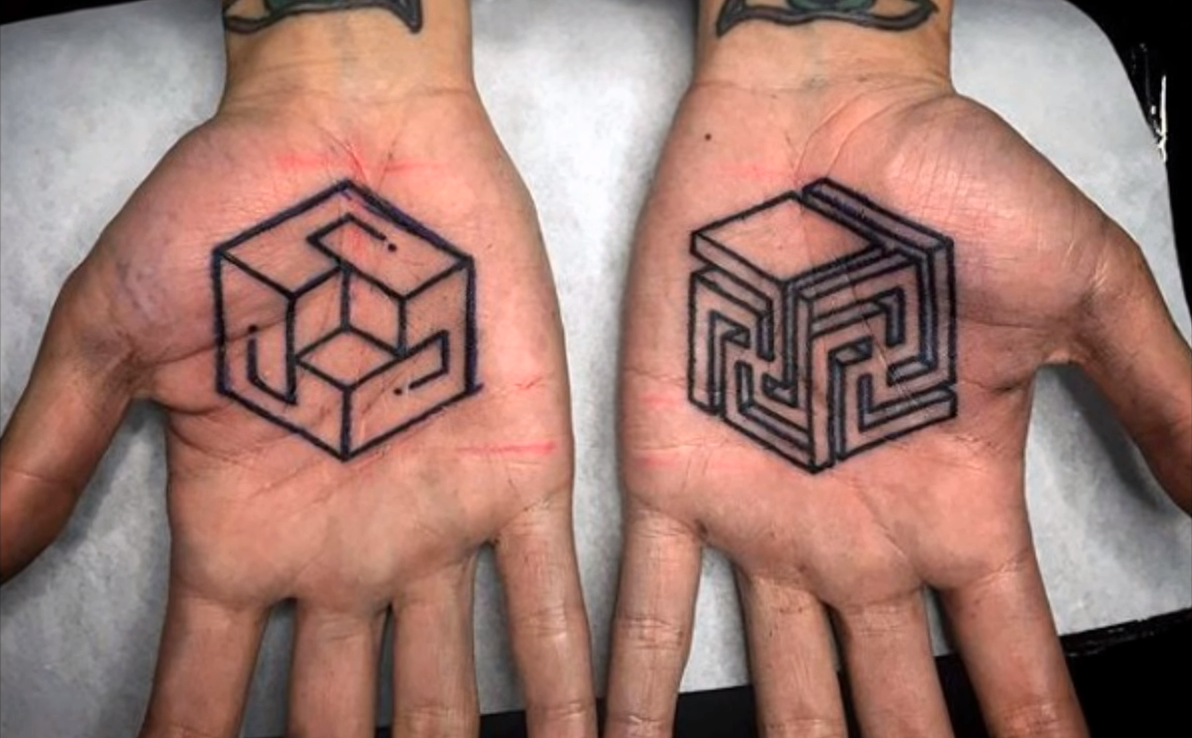
Signs of Fading Palm Tattoos
Fading palm tattoos often exhibit clear signs that the tattoo is losing its original vibrancy. These signs can be more noticeable due to the unique nature of palm skin and its constant exposure. Here are some key indicators that a palm tattoo is fading:
- Loss of Color Intensity: A major sign of a fading palm tattoo is when its colors begin to lose their original vibrancy. The tattoo may seem dull, and the colors may not be as bright or as deep as they once were.
- Blurring of Lines: Another sign of a fading tattoo is when the lines start getting blurry. The originally well-defined lines may start to seem hazy and less distinct, reducing the clarity and detail of the design.
- Difficulty in Recognizing the Design: As the tattoo fades, it can become increasingly difficult to recognize the design. This is especially the case for intricate designs or those with a lot of detail. As the tattoo fades, these details can become lost, making the overall design harder to identify.
- Increased Skin Visibility: As a tattoo fades, more of the original skin underneath becomes visible. This can make the tattoo seem less vivid and prominent.
How Palm Tattoos Typically Fade
Palm tattoos typically fade in a patchy manner, rather than uniformly. The high cell turnover rate and constant use of the hands lead to an accelerated fading process, which usually starts from the center of the tattoo and spreads outward. Areas that are frequently in contact with objects, such as the base of the thumb and the center of the palm, may experience fading more quickly.
Furthermore, the fading process can be hastened by factors such as inadequate aftercare, exposure to harsh elements, and the use of low-quality tattoo ink. Although some fading over time is inevitable due to the nature of the skin in this area, following appropriate aftercare instructions and maintaining regular touch-ups can help prolong the lifespan of a palm tattoo.
Differences in Fading Patterns
There can be noticeable differences in fading patterns between palm tattoos and tattoos on other parts of the body. While tattoos in other areas usually fade uniformly, palm tattoos often fade in a patchy manner due to the uneven wear and tear on different parts of the hand. Tattoos located on the outer edges of the hand, or on the fingers, may fade more slowly than those on the center of the palm or the base of the thumb, which are areas that receive the most use. This distinctive fading pattern is a critical factor to consider when deciding on a design and placement for a palm tattoo.
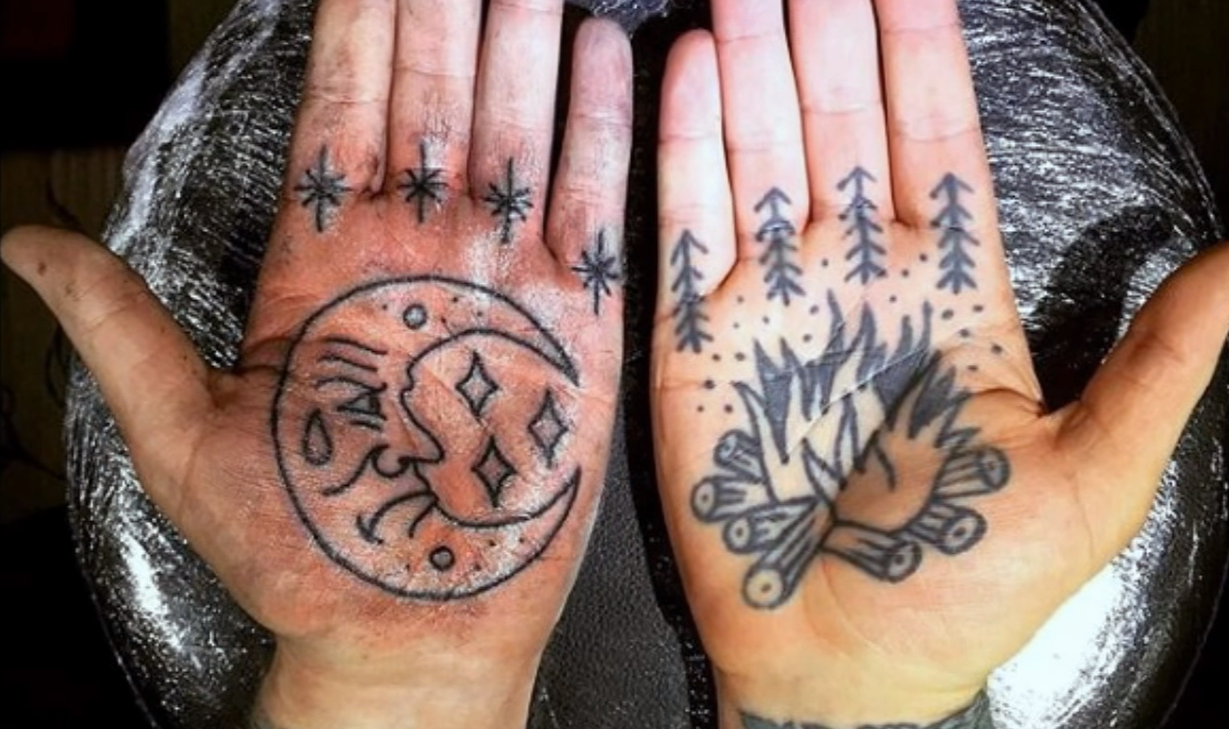
When to Consider Touch-Ups
If you notice that your palm tattoo has started to fade, it might be time to consider a touch-up. This usually involves re-inking the design to restore its original vibrancy and clarity. It is crucial to seek guidance from a professional tattoo artist before proceeding with a touch-up. They can evaluate the condition of your tattoo and provide recommendations on the most suitable approach.
Typically, it is advisable to wait until the tattoo has considerably faded before considering a touch-up, as attempting it too early could result in unnecessary trauma to the skin. Furthermore, touch-ups should ideally be done by the original artist who is familiar with the design and your skin’s response to the ink. Regular touch-ups can greatly extend the lifespan of a palm tattoo, but they also require a commitment to the tattoo maintenance process.
Care and Maintenance
Proper care and maintenance are paramount in extending the lifespan of a palm tattoo and preserving its aesthetic quality. Here are essential steps to follow:
- Aftercare: Following the application of a palm tattoo, it is imperative to diligently adhere to the aftercare instructions given by your tattoo artist. This may entail cleaning the area with a mild, unscented soap, applying a thin layer of specified aftercare ointment, and refraining from submerging the tattoo in water for a prescribed duration.
- Moisturize: Keep your skin moisturized to prevent dryness and flaking. Use a hypoallergenic, non-scented lotion to maintain the hydration of your skin and the vibrancy of your tattoo.
- Avoid Sun Exposure: High exposure to the sun can speed up the fading of your tattoo. It’s advisable to apply a high SPF sunscreen to your tattoo before you step out in the sun, or even better, cover it up entirely. [3]
- Avoid Abrasives: Try to avoid any activity that causes excessive contact or friction on your tattooed palm. This includes heavy lifting, manual labor, or anything that might cause the tattooed skin to peel or get damaged.
- Touch-ups: Regular touch-ups can help maintain the vibrancy and clarity of your palm tattoo. Always consult with your tattoo artist to decide when it’s best to get a touch-up.
Unique Challenges and Considerations
While palm tattoos can be a unique and appealing form of self-expression, they also come with their own set of challenges and considerations.
- Higher Pain Level: Due to the lack of padding and higher concentration of nerve endings in the palms, tattooing in this area can be particularly painful.
- Faster Fading: Owing to the higher rate of skin cell turnover in palms, these tattoos tend to fade faster than tattoos on other parts of the body.
- Frequent Touch-ups: Due to the rapid fading, palm tattoos may require more frequent touch-ups, which can add to the overall cost and maintenance.
- Healing Process: The healing process can be prolonged and more complex. It’s essential to follow all aftercare instructions carefully to ensure proper healing and longevity of the tattoo.
- Design Limitations: Intricate designs may not hold up well over time due to the dynamic nature of the skin in the palm area.
It’s essential to consider these factors before deciding to get a palm tattoo. Consultation with a professional and experienced tattoo artist can help you understand these challenges and make an informed decision.
Frequently Asked Questions
Do palm tattoos age well?
The aging process of a palm tattoo can vary greatly depending on numerous factors including the individual’s skin type, the quality of the ink used, tattoo maintenance, and exposure to elements. Palm tattoos are known to fade faster than tattoos on other body parts due to the high rate of skin cell turnover in the area, which might make them lose their vibrancy over time.
Will hand tattoos fade completely?
Hand tattoos, particularly those on the palm, tend to fade faster due to the nature and usage of the skin in the area. However, whether a hand tattoo will fade completely depends on several factors including the individual’s skin type, the quality of the ink used, the tattoo’s exposure to the sun and other elements, and how well the tattoo is taken care of. In most cases, it’s unlikely for a tattoo to fade completely without some form of tattoo removal treatment.
How long does it take for palm tattoos to disappear?
The duration it takes for palm tattoos to disappear can greatly vary due to a multitude of factors, including the individual’s skin type, quality of the ink used, and adherence to aftercare instructions. Generally, due to the high rate of skin cell turnover in the palms, one can expect noticeable fading within a few years. However, complete disappearance without some form of tattoo removal treatment is extremely rare.
How do you make a palm tattoo not fade?
Proper care and maintenance are key to preventing a palm tattoo from fading quickly. This includes following aftercare instructions meticulously, which may involve cleaning the tattooed area with gentle, unscented soap and applying a thin layer of healing ointment. Keeping your skin moisturized can also help to maintain the vibrancy of the tattoo. Avoiding excessive sun exposure and applying a high-SPF sunscreen before going outside can also help protect the tattoo from fading.
Useful Video: PALM TATTOO Advice/Aftercare
Conclusion
In conclusion, palm tattoos are a unique and intriguing form of body art that come with their own set of challenges and considerations. Despite the high pain level, faster fading, and design limitations, many find the distinctiveness and aesthetic appeal worth the effort. The longevity and vibrancy of these tattoos depend heavily on the individual’s skin type, quality of the ink used, tattoo maintenance, and exposure to elements. Proper aftercare, regular touch-ups, and a healthy lifestyle can help to maintain the clarity and vibrancy of palm tattoos. However, the decision to get a palm tattoo should not be taken lightly and should involve thorough consultation with a professional tattoo artist.
References:
- https://www.medicalnewstoday.com/articles/thin-skin-vs-thick-skin#thick-skin
- https://www.verygoodlight.com/2021/02/08/hand-tattoo-cost/
- https://brushonblock.com/blogs/news/spf-sunscreen-tattoos


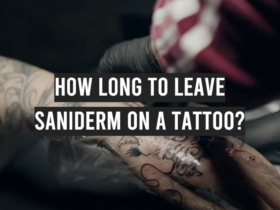
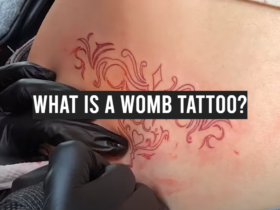

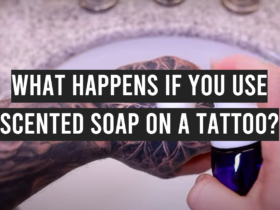
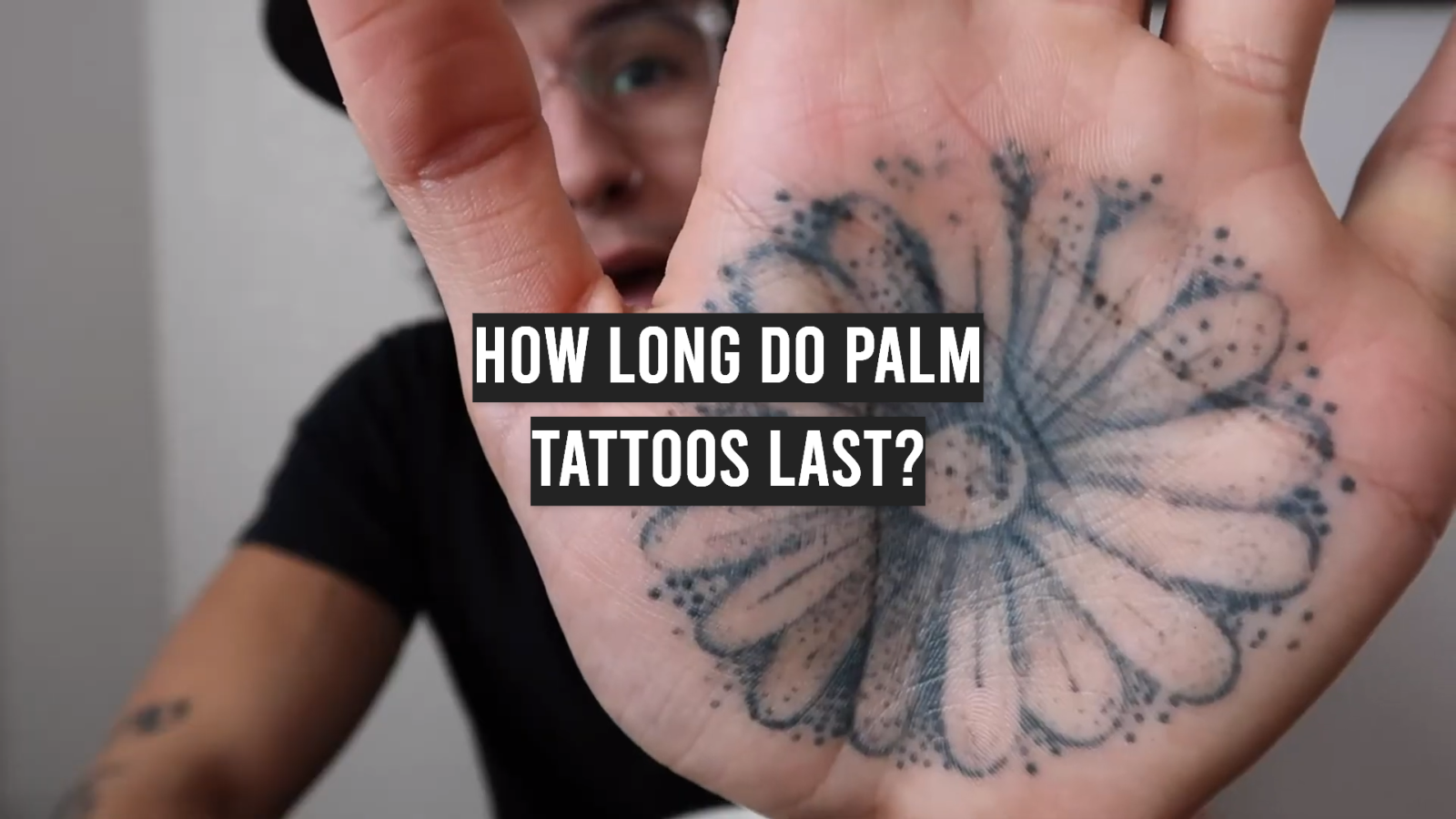
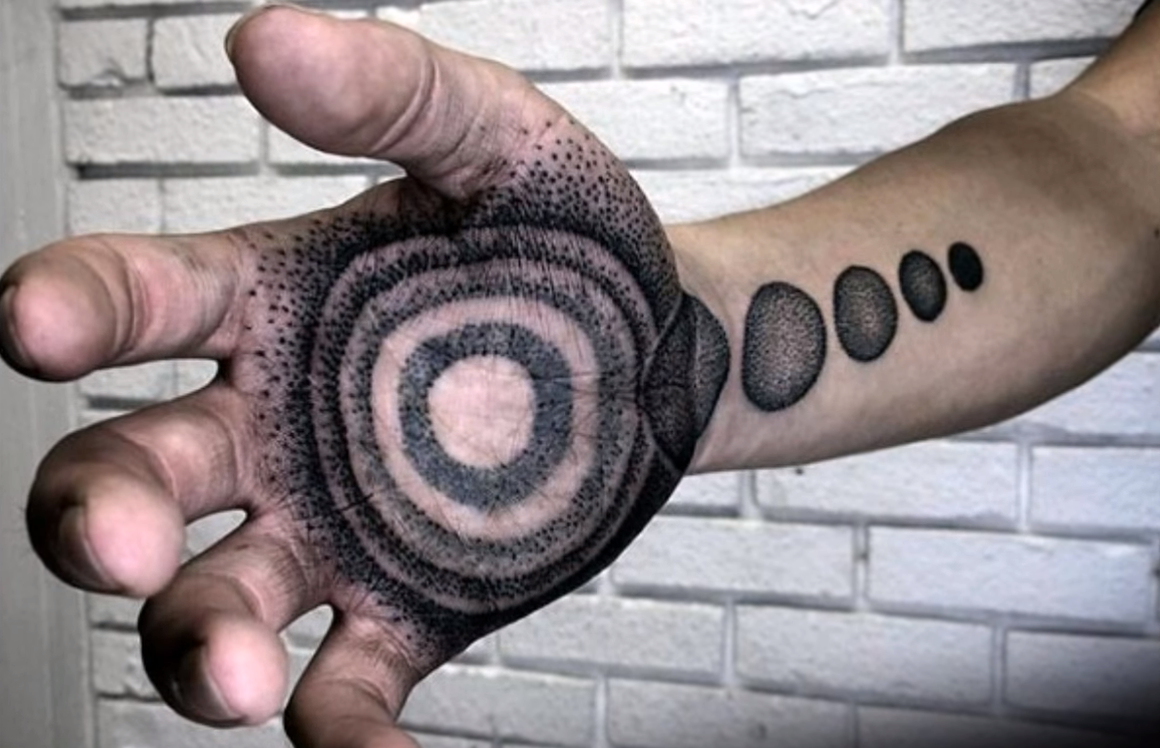
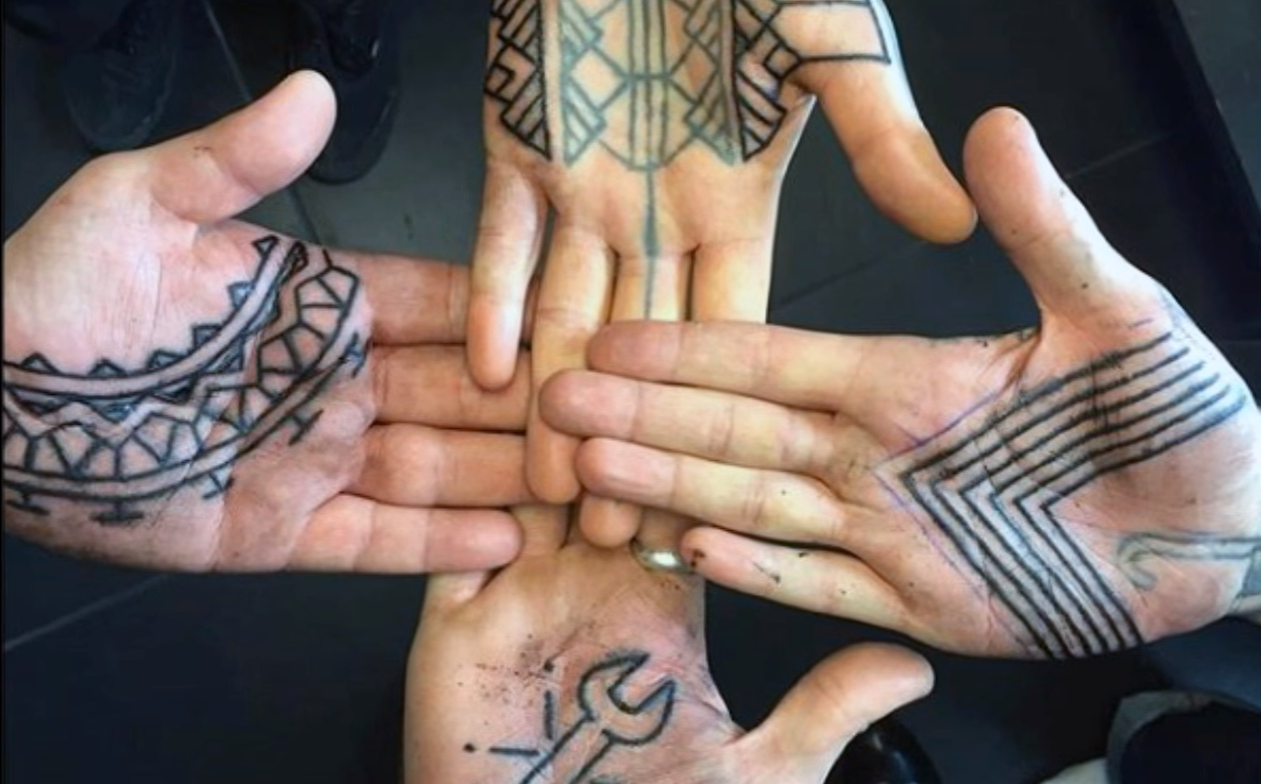
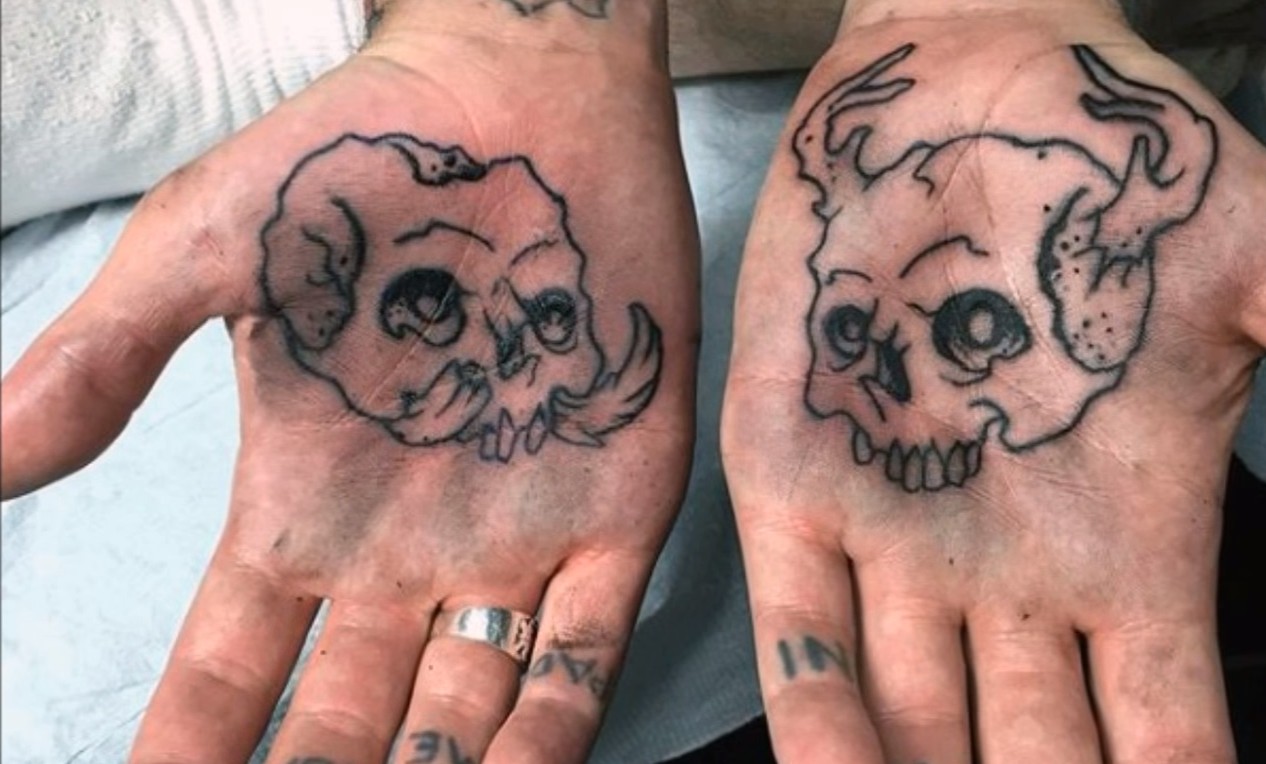

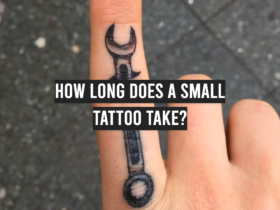
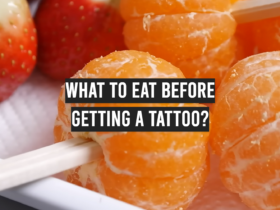
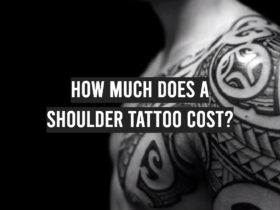
Leave a Review